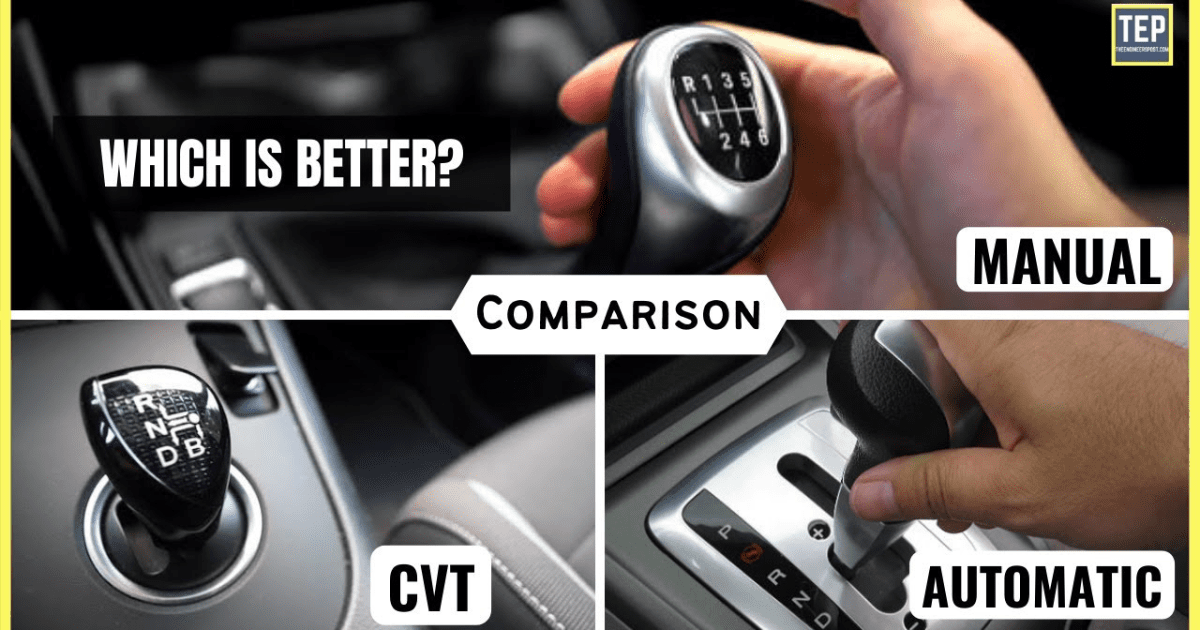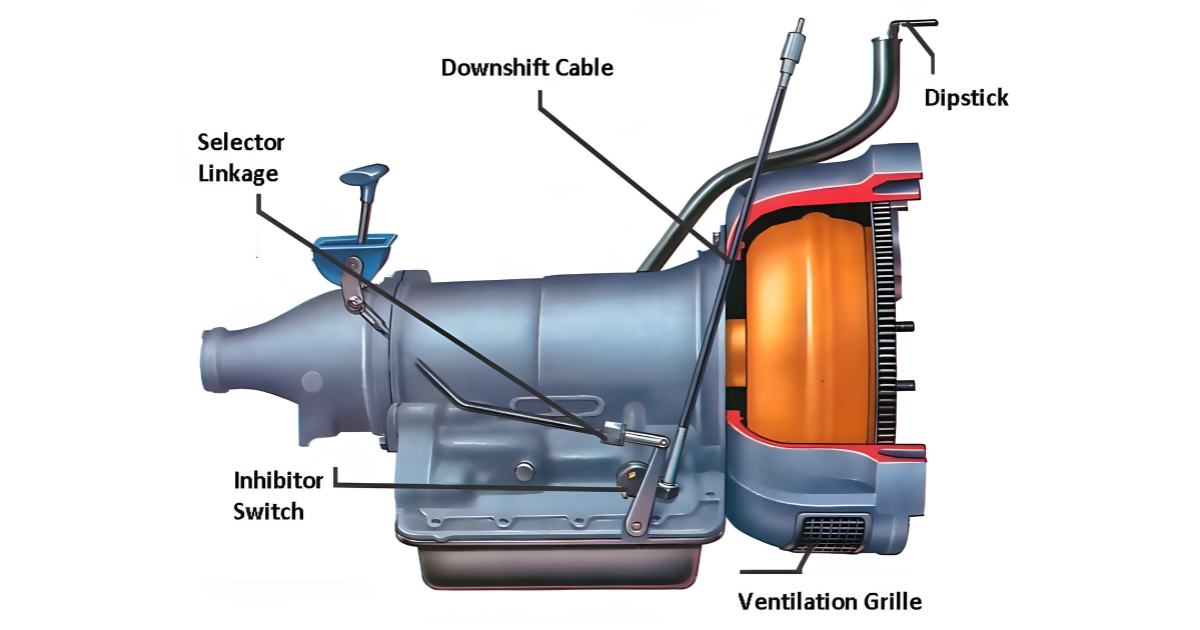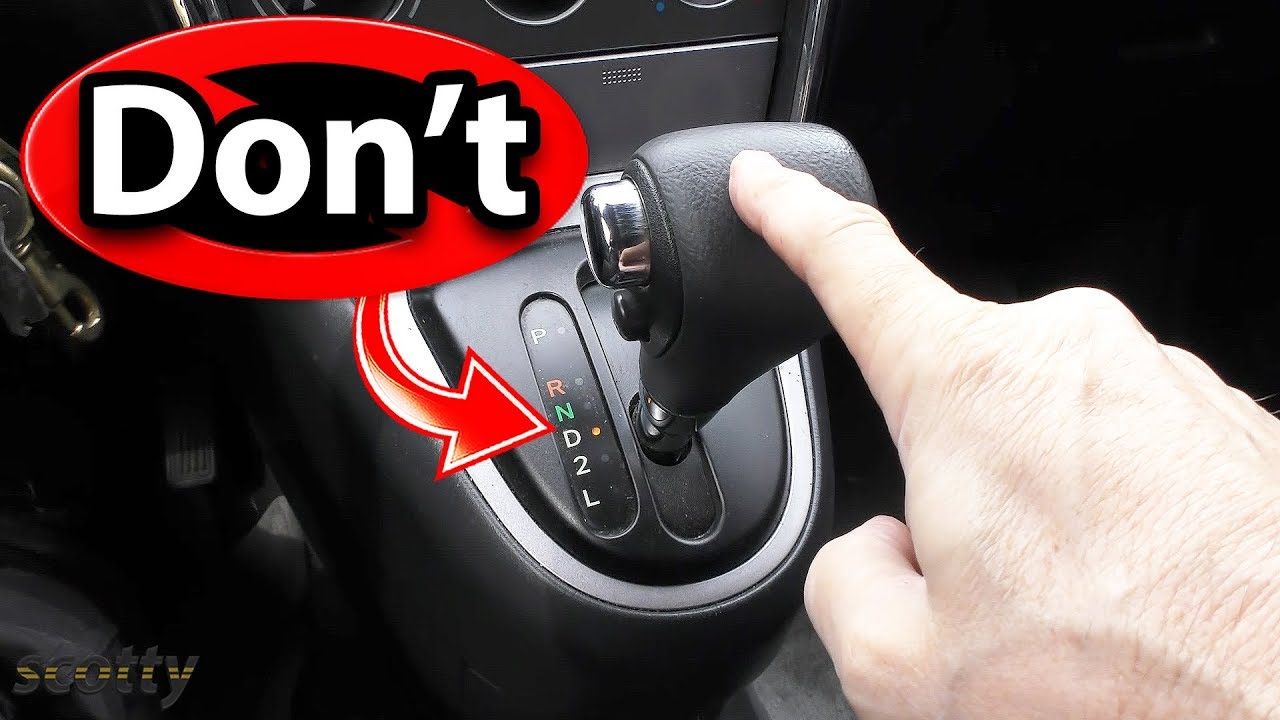When it comes to choosing a car, one of the most critical decisions you’ll have to make is whether to go for a manual or automatic transmission. Both transmissions have their advantages and disadvantages, and the choice ultimately depends on your driving needs and preferences. In this article, we’ll provide an in-depth comparison of manual vs. automatic transmissions based on performance, fuel economy, and reliability.
Manual Transmission Basics
A manual transmission consists of two primary components: the clutch and the gear shifter. It contains three shafts with gears of different sizes. The input shaft is connected to the engine through the clutch. The countershaft has several gears on it that are always linked to the input shaft. The output shaft links the countershaft to the vehicle’s wheels via the driveshaft.
To start a manual transmission car, you need to step on the clutch pedal, which triggers the friction clutch. The clutch separates the transmission from the engine, allowing both to spin independently when you step on the pedal. This prevents torque from being transferred to the gearbox from the engine, enabling you to change gears easily.
Pros and Cons of Manual Transmission
Pros:
- Manual transmissions offer better fuel economy than automatic transmissions.
- They are cheaper to buy and maintain.
- Manual transmissions offer better control over the car.
- They are less likely to overheat due to their simple design.
Cons:
- Manual transmissions can be challenging to learn and operate, especially in heavy traffic.
- They can cause physical and mental strain due to the constant gear shifting.
- Manual transmissions require more frequent maintenance than automatic transmissions.
Automatic Transmission Basics
An automatic transmission uses gears to optimize the torque generated by the vehicle, allowing the engine to function at the right speed while offering a variety of output speeds. It does this with fluid pressure, so gear changes are automatic. The primary difference between manual and automatic transmissions is the presence of a torque converter in automatic transmissions.
The torque converter is linked to the drivetrain and communicates speed by exerting pressure on the transmission fluid. The transmission fluid serves to engage and disengage planetary gears to move between ratios. The planetary gear set includes sun gear, planet gear, and ring gear, all of which need to work simultaneously for the car to get into its different gear ratios.
Pros and Cons of Automatic Transmission
Pros:
- Automatic transmissions are easier to learn and operate than manual transmissions.
- They offer better convenience and safety while driving.
- Automatic transmissions are constantly improving due to technological innovations.
Cons:
- Automatic transmissions are more expensive to buy and maintain than manual transmissions.
- They offer less control over the car than manual transmissions.
- Automatic transmissions are more likely to overheat due to their complex design.
Performance Comparison
Manual transmissions offer better control and acceleration than automatic transmissions. However, automatic transmissions are more comfortable to drive in heavy traffic and are less likely to stall.
Fuel Economy Comparison
In the past, manual transmissions were more fuel-efficient than automatic transmissions. However, due to improvements in automatic transmission technology, the fuel economy of new automatic transmissions has improved significantly, and some are just as economical as their manual counterparts.
Reliability Comparison
Manual transmissions tend to be more reliable than automatic transmissions over time. This is because manual transmissions have fewer complex components that can fail. However, driving style and maintenance play a significant role in the reliability of both manual and automatic transmissions.




